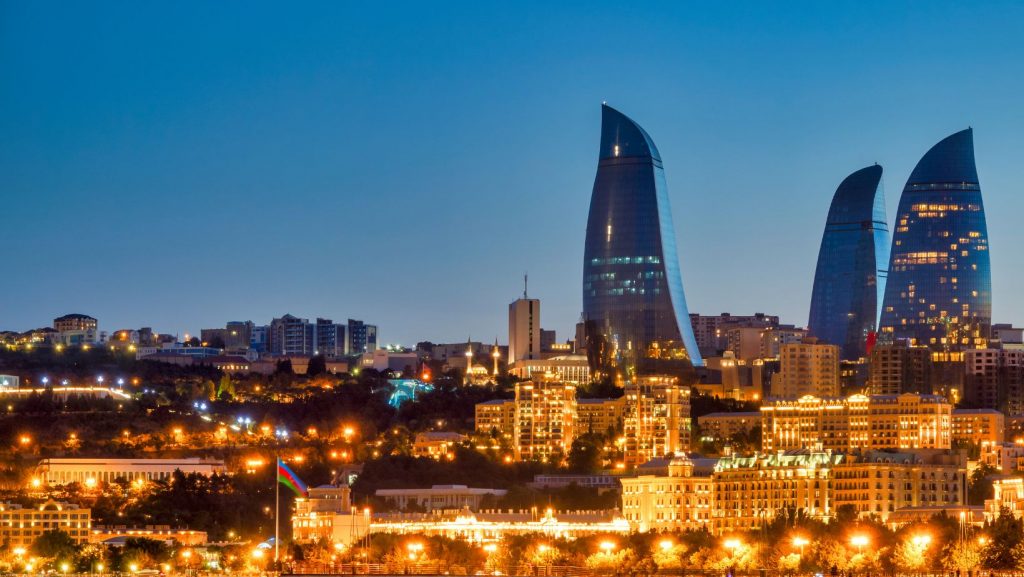Nowruz, the Persian New Year, is celebrated by various countries across the globe, reflecting the rich cultural heritage and traditions associated with this ancient festival. Let’s explore which countries partake in the jubilant festivities of Nowruz.
1. Iran
Iran, the birthplace of Nowruz, holds the most significant celebrations for this festive occasion. The preparations start weeks in advance, with families cleaning their homes and shopping for new clothes and traditional foods.

2. Afghanistan
In Afghanistan, Nowruz, known as “Nawroz,” marks the beginning of the solar year. Afghans celebrate by visiting relatives, preparing special dishes like “Samanak,” and flying kites.

3. Tajikistan
Tajiks observe Nowruz as a national holiday, celebrating with traditional rituals such as “Haft Seen” table decoration and hosting gatherings with family and friends.

4. Azerbaijan
Nowruz, locally known as “Novruz Bayramı,” is one of the most cherished holidays in Azerbaijan. The festivities include bonfires, public concerts, and traditional games like “Khidir Ilyas.”

5. Kurdistan Region
In the Kurdistan Region of Iraq, Nowruz, referred to as “Newroz,” holds immense cultural significance, symbolizing rebirth and renewal. People celebrate with dances, feasts, and bonfires.

6. Uzbekistan
Uzbeks celebrate Nowruz with fervor, engaging in customs such as jumping over bonfires for good luck and prosperity. Traditional dishes like “Sumalak” are prepared and shared with neighbors.

7. Turkmenistan
Nowruz, known as “Nowruz Bayram,” is widely celebrated in Turkmenistan, with activities ranging from traditional music performances to colorful street festivals.

8. Kyrgyzstan
Kyrgyz people welcome spring with elaborate Nowruz celebrations, featuring horse races, traditional wrestling matches, and the exchange of festive greetings.

9. Kazakhstan
In Kazakhstan, Nowruz heralds the arrival of spring, accompanied by festivities such as concerts, folk dances, and the preparation of festive meals like “Nauryz Koje.”

10. Albania
Albanians, particularly those of Bektashi faith, celebrate Nowruz as “Nevruz Day,” commemorating the arrival of spring with rituals, poetry readings, and communal feasting.

11. Bosnia and Herzegovina
Nowruz, known as “Nevruz,” is observed by Bosniaks as a cultural holiday, marked by traditional dances, folk music performances, and the sharing of symbolic foods.

Traditions and Customs
Nowruz celebrations encompass various traditions and customs, including:
- Haft Seen: Decorating tables with seven symbolic items starting with the Persian letter “S.”
- Spring Cleaning: Purifying homes and surroundings to welcome the new year with freshness and positivity.
- Visiting Relatives: Strengthening familial bonds by paying visits and exchanging gifts and well-wishes.
- Feasting: Indulging in traditional dishes and sweets symbolizing abundance and prosperity.
- Outdoor Activities: Participating in community events, picnics, and cultural performances.
Conclusion
Nowruz, with its diverse customs and vibrant festivities, unites people from different cultures and backgrounds in celebrating the spirit of renewal and hope. As this ancient tradition continues to thrive globally, it serves as a testament to the enduring legacy of cultural heritage and the power of unity in diversity.
FAQs
Is Nowruz only celebrated by Persian-speaking countries?
No, Nowruz is celebrated by various countries and cultures, transcending linguistic and ethnic boundaries. It is observed in countries like Iran, Afghanistan, Tajikistan, Azerbaijan, and many
What does the Haft Seen table symbolize?
The Haft Seen table represents various elements of nature and life, each symbolizing different virtues and blessings. For example, “Sabzeh” (sprouted wheat or lentil) symbolizes rebirth and renewal, while “Samanak” (sweet wheat pudding) represents affluence and fertility.
How long does Nowruz last?
Nowruz typically lasts for 13 days, symbolizing the transition from the old year to the new year. The main celebrations occur on the first day of spring, which is known as the equinox.
Are there any religious connotations to Nowruz?
While Nowruz has historical ties to Zoroastrianism, it is celebrated by people of diverse religious backgrounds today. In addition to being a cultural celebration, Nowruz holds significance for many as a time for spiritual reflection and renewal.
How do modern celebrations of Nowruz differ from traditional ones?
Modern celebrations may incorporate contemporary elements and technologies, but the essence of Nowruz traditions remains deeply rooted in cultural heritage and symbolism. For example, while traditional Nowruz activities include outdoor picnics and family gatherings, modern celebrations may also include social media posts, virtual events, and charity initiatives.
Are there any specific rituals or customs associated with Nowruz?
Yes, Nowruz is rich in rituals and customs, including spring cleaning to purify homes, visiting friends and family to exchange gifts and well-wishes, and preparing and sharing traditional foods symbolizing prosperity and abundance.
Is Nowruz recognized as an official holiday in any countries?
Yes, Nowruz is recognized as an official holiday in several countries, including Iran, Afghanistan, Tajikistan, Azerbaijan, and Albania. In these countries, government offices, schools, and businesses may be closed during Nowruz celebrations.
